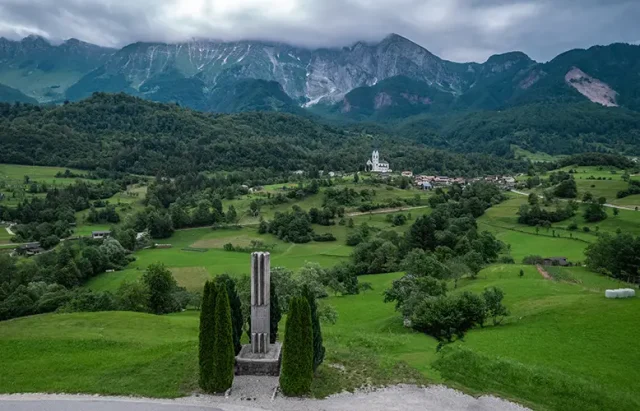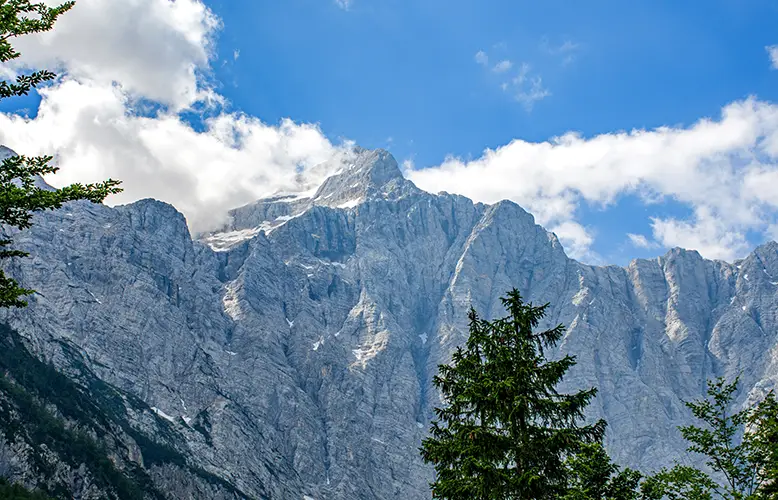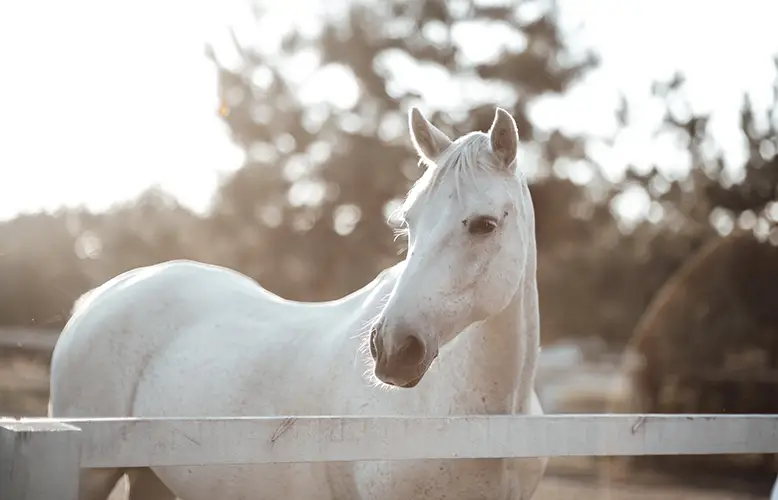
In Slovenia, wherever you look, you’ll find greenery. The diversity of natural landscapes stretches across the country, from the alpine peaks towering at two thousand meters and the Adriatic Sea coastline, to the richness of thermal waters in the Pannonian region and the sunny hillsides where vineyards thrive.
One-third of Slovenian territory belongs to a protected area, with forest cover reaching nearly 60%. The rich biodiversity includes over 22,000 species of animals and plants, along with more than 13,000 underground karst caves.
Slovenia holds the distinction of being the world’s first country to be entirely declared a Green Destination of the World. It is also the third most forested country in Europe and one of the countries with the most water in the world, boasting 27,000 kilometers of waterways, around 300 waterfalls, and numerous natural lakes and crystal-clear streams.
Mindful of the responsibility for their natural and cultural heritage, Slovenians strive to preserve their environment through sustainable projects, educational policies, as well as by promoting sustainable tourism experiences.
Slovenia’s longstanding commitment to sustainable tourism positions it as a significant player in the United Nations’ designation of 2027 as the International Year of Sustainable and Resilient Tourism, potentially serving as a model for global destinations.
Responsible Holidays with Green providers: The Green Scheme of Slovenian Tourism, the seal that endorses commitment to the environment
The Green Scheme of Slovenian Tourism was one of the first projects in Europe to promote sustainability in tourism and serves as a model for many other countries. The European Travel Commission (ETC) has adopted the Green Scheme as a basis for developing sustainable guidelines for European destinations.
The Slovenia Green label awarded environmentally conscious entities including tourist agencies, natural parks, accommodations, travel agencies, restaurants, and beaches. Divided into five distinct categories, the green label boasts a membership of over 300 establishments. Visitors to Slovenia can place their trust in providers bearing the SLOVENIA GREEN label, as they undergo rigorous international assessments ensuring both quality and sustainability.
Celebrating 100 years of preserving Triglav National Park

Nestled within the Julian Alps, Triglav National Park celebrates its 100th anniversary in 2024, marking a century of conservation efforts since its establishment in 1924. The centennial celebrations highlight the importance of protection for ensuring the existence of natural and cultural assets for future generations. The slogan “Protection Ensures Existence” underscores the ongoing need to balance conservation with development while preserving the park’s pristine beauty and biodiversity.
Invaluable UNESCO’s World Heritage Treasures in Slovenia

The list of the World’s Natural and Cultural Heritage comprises two natural and three cultural sites. Additionally, Slovenia boasts seven distinct features of intangible cultural heritage included in the Representative List of the Intangible Cultural Heritage, such as beekeeping, the breeding of elegant white Lipizzan horses, and the art of dry-stone walling, to name just a few.
Slovenia’s presence extends to other UNESCO programs as well, including the World Network of Biosphere Reserves, the Global Network of Geoparks, and the UNESCO List of Written Cultural Heritage, known as the Memory of the World.
Among the two UNESCO natural sites, Slovenia boasts the enigmatic Škocjan Caves, home to the largest subterranean canyon in Europe, towering at 146 meters high, and the primal beech forests of the Carpathian Mountains and other European regions, which represent the most preserved remnants of beech forests.
While Idrija preserves the world heritage associated with mercury extraction, Slovenia safeguards the protected world heritage of prehistoric pile dwellings around the Alps, with around 40 locations discovered in the Ljubljana Marshes. A significant discovery is a 5,200-year-old wheel, considered the oldest wooden wheel with an axle globally.
In Ljubljana, the capital city of Slovenia, the works of architect Jože Plečnik have bestowed a distinctive visual identity upon the city. His architectural masterpieces, which grace the city’s skyline, have earned it a place on the UNESCO World Heritage Site list.
Green Mindset, Healthy Tourism and Gastronomic Fresh World-Class Cuisine
Slovenia promotes a healthy lifestyle by encouraging bicycle or train travel, self-care through connection with nature, and enjoyment of local, homemade, and authentic foods. Under the motto “from farm to table,” Slovenia stands out for its diverse range of fresh products and natural ingredients offered in world-class restaurants, local markets, and agritourism farms.
As part of its varied sustainable tourism offerings and connection with nature, visitors can enjoy activities such as biking among vineyards, hiking trails, kayaking on crystal-clear lakes, and more sophisticated experiences like going on a hike with an expert Alpinist to feed salt to the native Jezersko–Solčava sheep or outdoor gastronomic experiences such as picnics in nature or snacks at rural homesteads just to mention a few.





